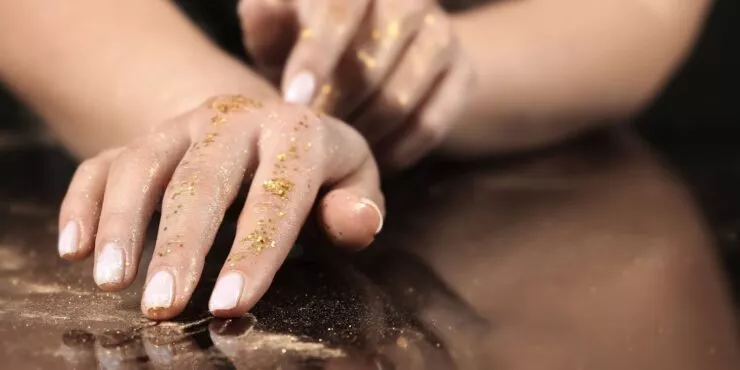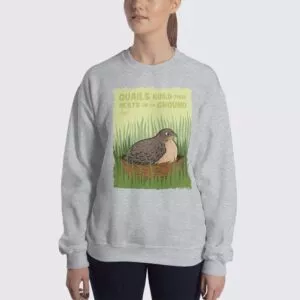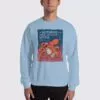When you think of glitter, what comes to mind? Sparkly, eye-catching, and harmless fun all seem like safe guesses when you imagine what glitter is.
But have you ever thought about what happens to glitter after it has been washed off your face?
Science says it’s pretty horrific, and here’s why.
Glitter ends up as fish food.
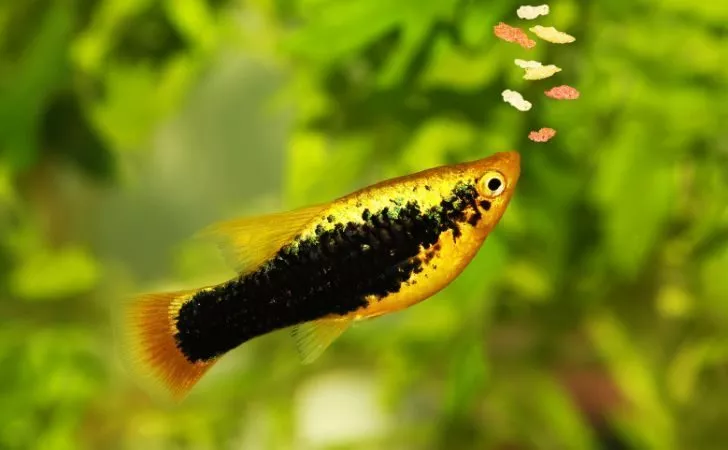
A study by Professor Richard Thompson reported that glitter was found in one-third of fish caught in the UK.
Glitter can enter seas and oceans from rivers, via wastewater from our homes, and run-off from landfill sites.
Some experts say that the number of glitters in the world’s oceans is up to 51 trillion fragments.
It has caused concern among scientists who are keeping a close eye on pollution effects on fish.
Glitter is part of the plastic problem.
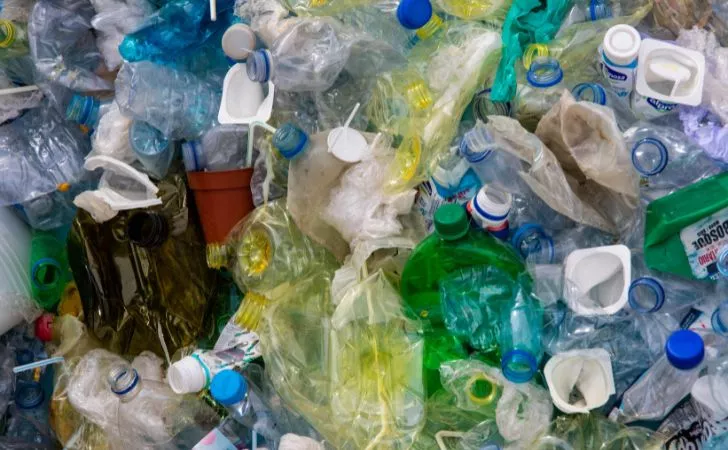
Since most glitter is made from plastic, it is considered a “microplastic” (any plastic less than 5 mm in length).
Because of its size and potential to be washed down the drain after use and into the ocean so quickly, many scientists are calling for an immediate ban on the creation and distribution of all glitter.
When glitter enters the ocean, as with all microplastics, the size of these particles means they are easily consumed by tiny marine organisms, which cannot discriminate between particles of food and plastic.
What happens when the fish eat glitter?
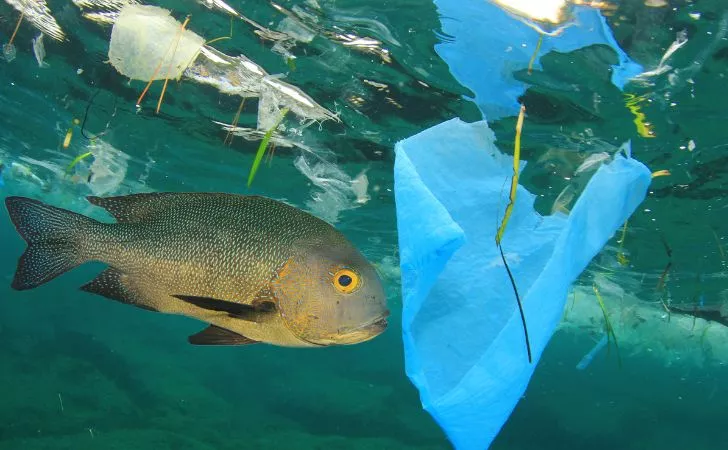
When the stomach of sea life become so full of microplastics like glitter, they starve to death, making pollution the leading cause of death among endangered sea creatures.
As if that isn’t disturbing enough, most glitter is made of aluminum and a plastic called PET (polyethylene terephthalate) that eventually ends up in the stomachs of humans when they eat fish.
What is the impact of glitter on ecosystems?
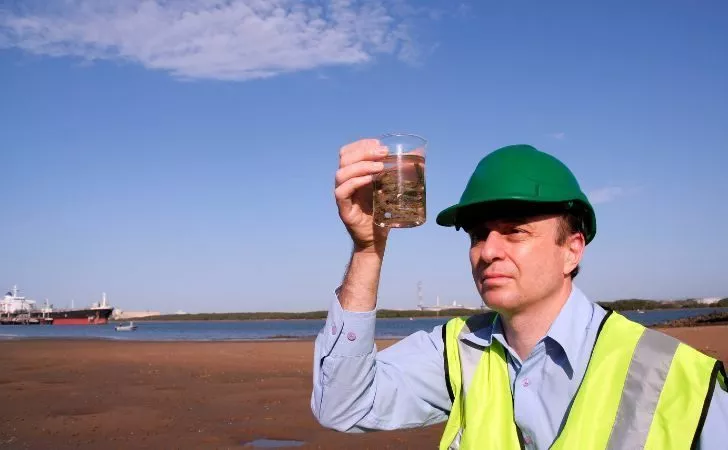
This has a significant impact on sensitive ecosystems. This is because PETs leach out endocrine-disrupting chemicals, which, when eaten by marine life, can cause adverse developmental, reproductive, neurological, and immune effects.
Microplastics have been seen to impact the reproduction rates of oysters significantly.
It has a domino-like effect on the food chain, for the sheer volume of microplastics consumed by seafood-loving human beings is staggering.
A study by the University of Ghent found that Europeans who eat shellfish can consume as much as 11,000 microplastics per year.
There are a lot of long-term implications from glitter passing through the food chain.
Scientists have investigated how PET can break down to release chemicals that disrupt hormones in the bodies of animals and humans.
Not only does glitter build up in the stomachs of sea life, but it also is considered a significant contributor to human exposure to toxic and potentially cancerous chemicals that are consequently then consumed by humans.
Ultimately, the only way to prevent glitter from adding to the global microplastic problem is to eliminate it and opt for an eco-friendly alternative.
So next time you think about how cute it would be to sport a new look next time you go out, make sure you choose a look that the ecological and oceanic environment approves of.
